49.
This month the theme of Montengarde Culinary Night is “Vegetables or German Food”. I’ve had this one sitting in my drafts for a bit, and since it’s a German cookie recipe it seems like a good time.
I came across references to St. Hildegard’s “Cookies of Joy” or “Happy Cookies” in a few places but no one had the original recipe. Instead it was a modern cookie with butter, sugar, egg, baking powder, and a lot of spices (nutmeg, cloves, cinnamon). I knew that was a far remove from what she must have been talking about in 12th century Rhineland so I looked into it a bit more.
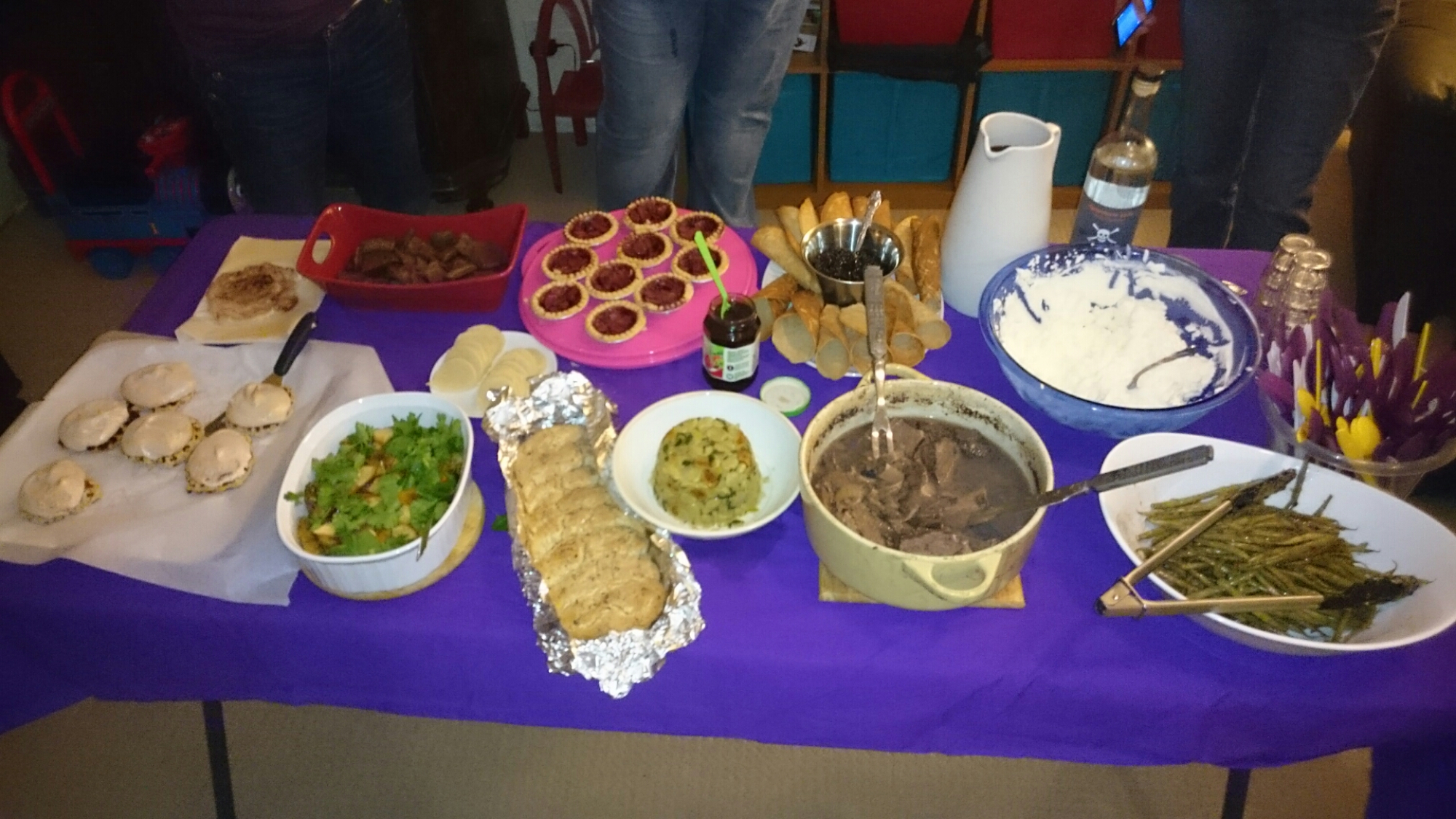
First a brief overview based on the Translator’s Introduction to “Hildegard von Bingen’s Physica: The Complete English Translation of Her Classic Work on Health and Healing” translated by Priscilla Throop, 1998 p 1-6.
St. Hildegarde was a mystic and prolific writer and corespondant. She frequently corresponded with queens, kings, emperors, bishops, and popes who asked her advice (asking the advice of mystics was relatively common, though her corespondents were of a higher station than some corresponded with). She lead a convent of nuns in Rupertsberg and is well known now for her musical work, medical work, and visions (those were not exclusive to each other). The book this recipe comes from is now called Physica after the title it was given in 1533 in the first printed edition, however St. Hildegard’s title for it was “Subleties of the Diverse Qualities of Created Things”.
The recipe comes in book one: Plants under the heading for Nutmeg.
XXI. Nutmeg
Nutmeg (nux muscata) has great heat and good moderation in its powers. If a person eats nutmeg, it will open up his heart, make his judgement free from obstruction and give him a good disposition. Take some nutmeg and an equal weight of cinnamon and a bit of cloves, and pulverize them. Then make small cakes with this and fine whole wheat flour and water. Eat them often. It will calm all bitterness of the heart and mind, open your heart and impaired senses, and make your mind cheerful. It purifies your senses and diminishes all harmful humors in you. It gives good liquid to your blood and makes you strong.
(Throop, 21)
It looks like 4 parts nutmeg, 4 parts cinnamon, 1 part cloves all ground together. Mix that together with flour and water, since it seems vaguely like a biscuit, pancake, or cookie I’ll go with the just a little less flour than spices and equal flour and water. That should give 8 parts flour, 8 parts water. Which will end up with just over 2:1 solid to liquid. Now cookies are a 2:1 ratio, but that 1 is usually fat and this recipe doesn’t have any, so this will likely be more like a cracker.
St. Hildegard Cookies:
- 120 g flour
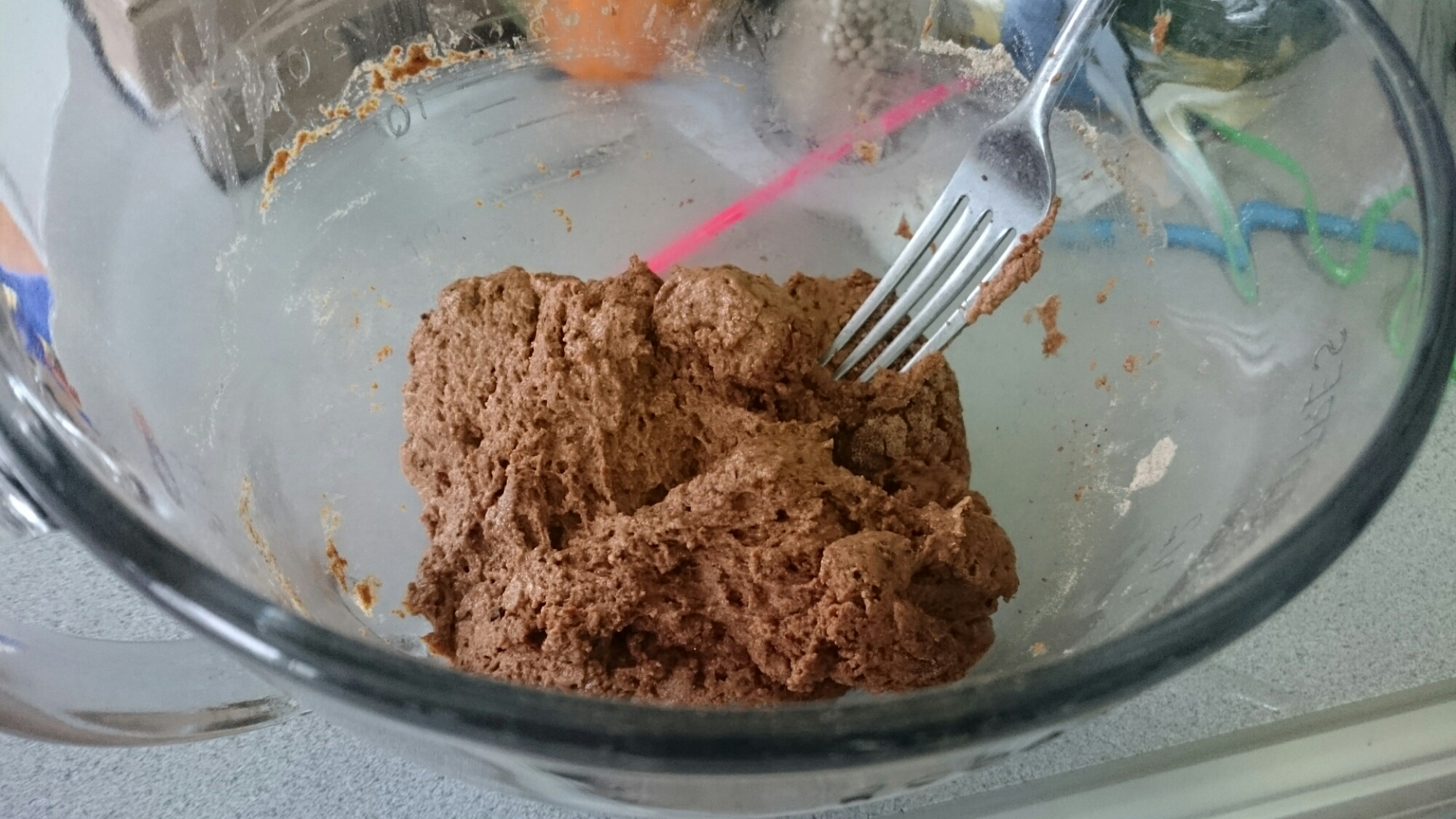
- 20 g nutmeg (ground) (about 3 nutmegs)
- 20 g cinnamon (ground)
- 10 g cloves (ground)
- 100 g brown sugar (not period but makes them taste great, for more accuracy skip this and decrease the amount of water)
- 120 g water (1 cup) (extra if needed)
- mix together spices, flour, and sugar
- slowly incorporate water until it becomes a dough
 Press into prepared baking sheet (I use stoneware)
Press into prepared baking sheet (I use stoneware)- cut into preferred shapes with a knife or pizza roller
- Bake at 350 for 30 min
Note: if you omit the sugar you’ll need less water
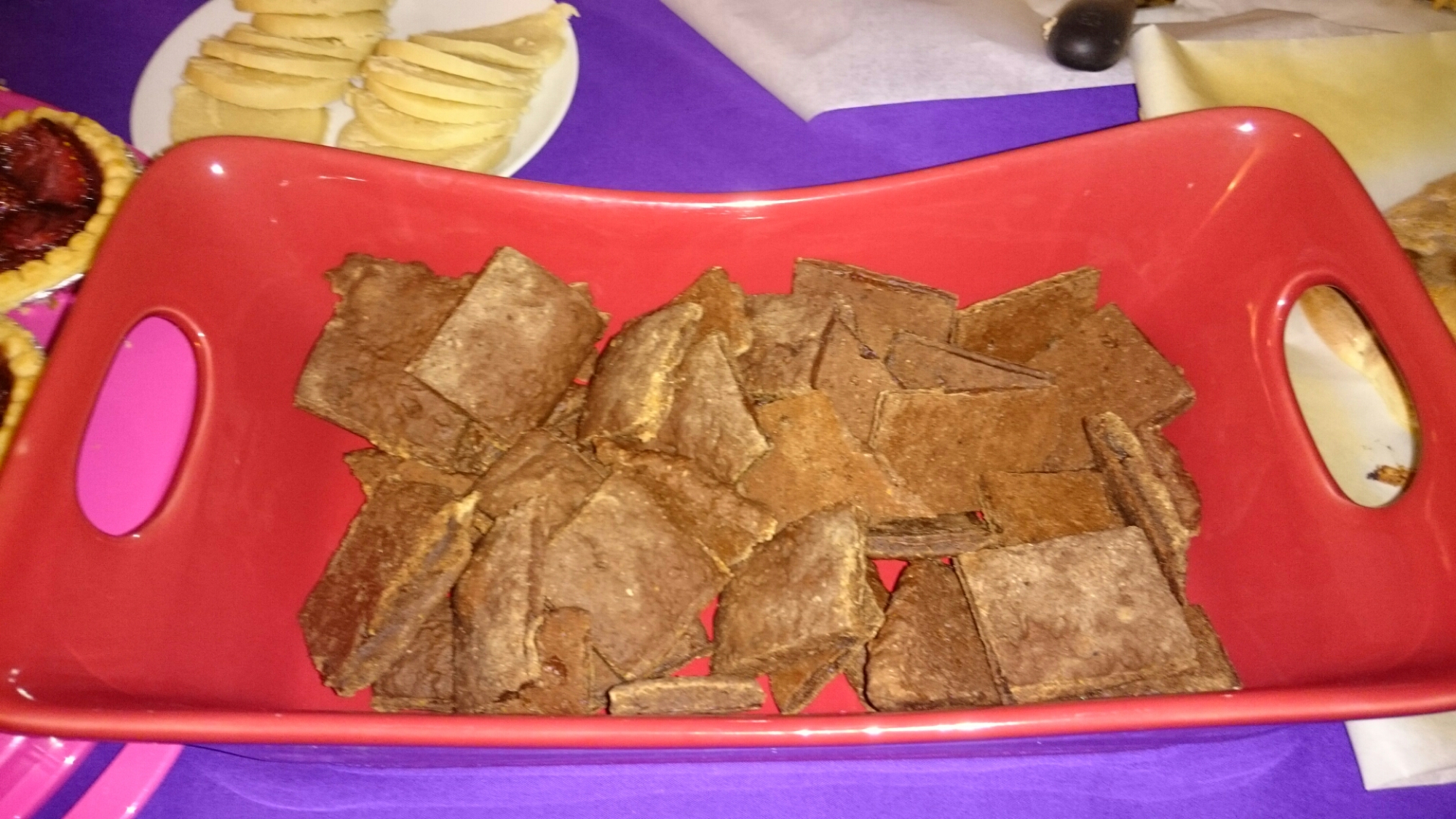
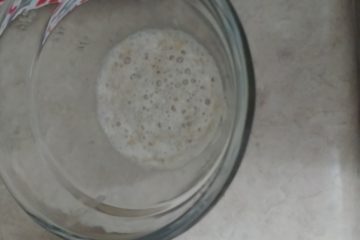
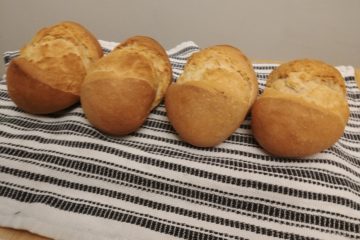
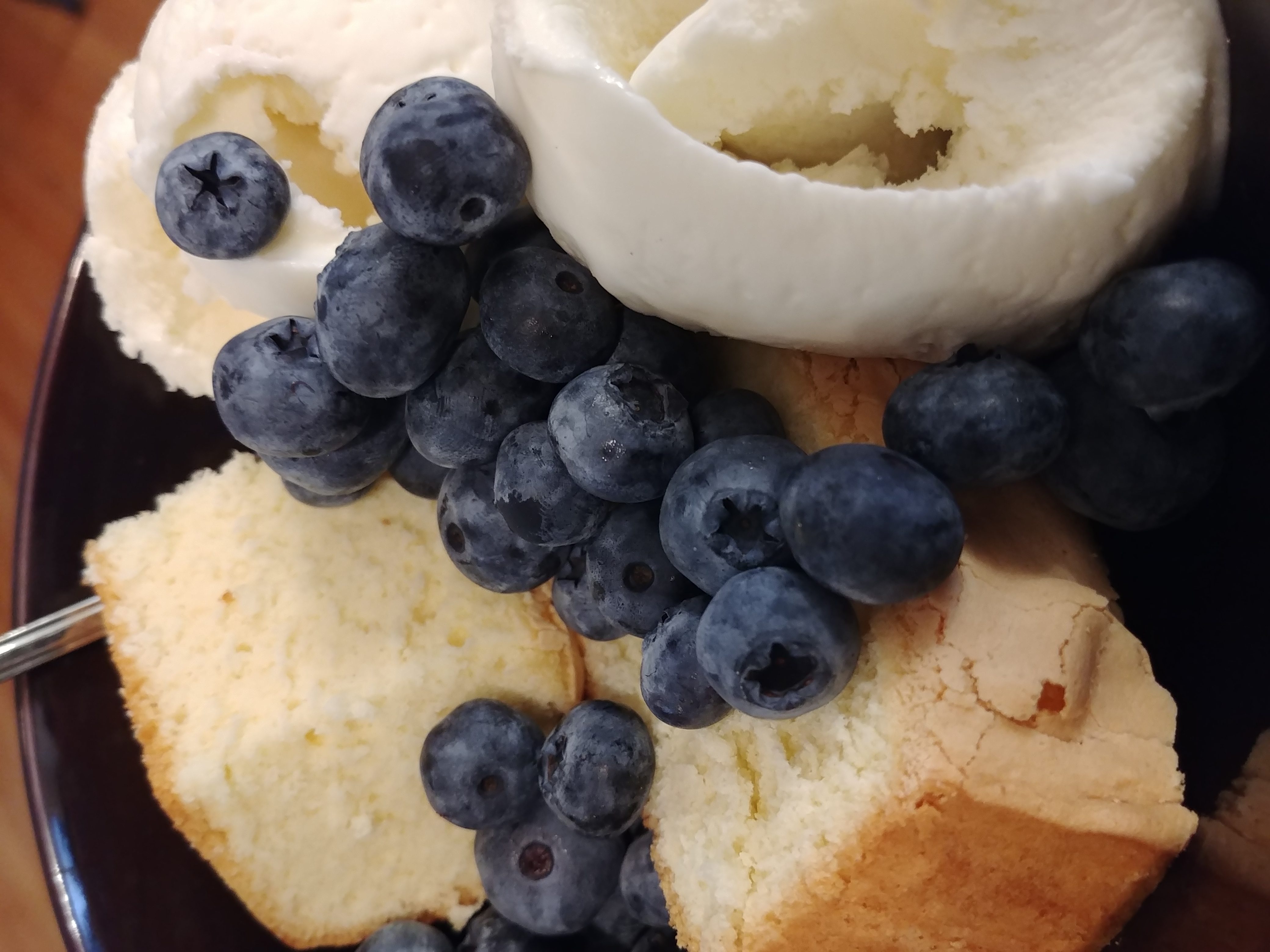
4 Comments
Lake F. · October 21, 2018 at 3:34 pm
I think that Hildegard meant spelt flour instead of wheat because she says spelt promotes joy in the book.
Tomas de Courcy · October 22, 2018 at 4:22 pm
I think you could be right. And spelt with its different gluten content might actually work better for these.
Susan · September 2, 2022 at 9:56 am
Thank you for this recipe. I’ve been making the modernized version for many years but it always bothered me that it included butter and egg yolks, which would not have been easily available to Hildegard. And yes, the spelt is crucial. Both the spices and the spelt were actively medicinal to Hildegard.
“Green” Wisdom from Hildegard · September 20, 2021 at 2:47 pm
[…] St. Hildegard Cookies […]
Comments are closed.